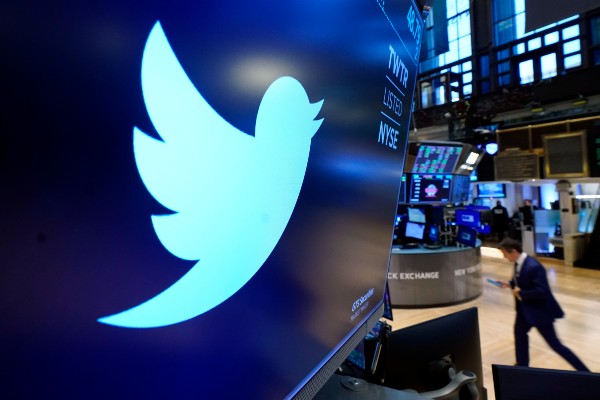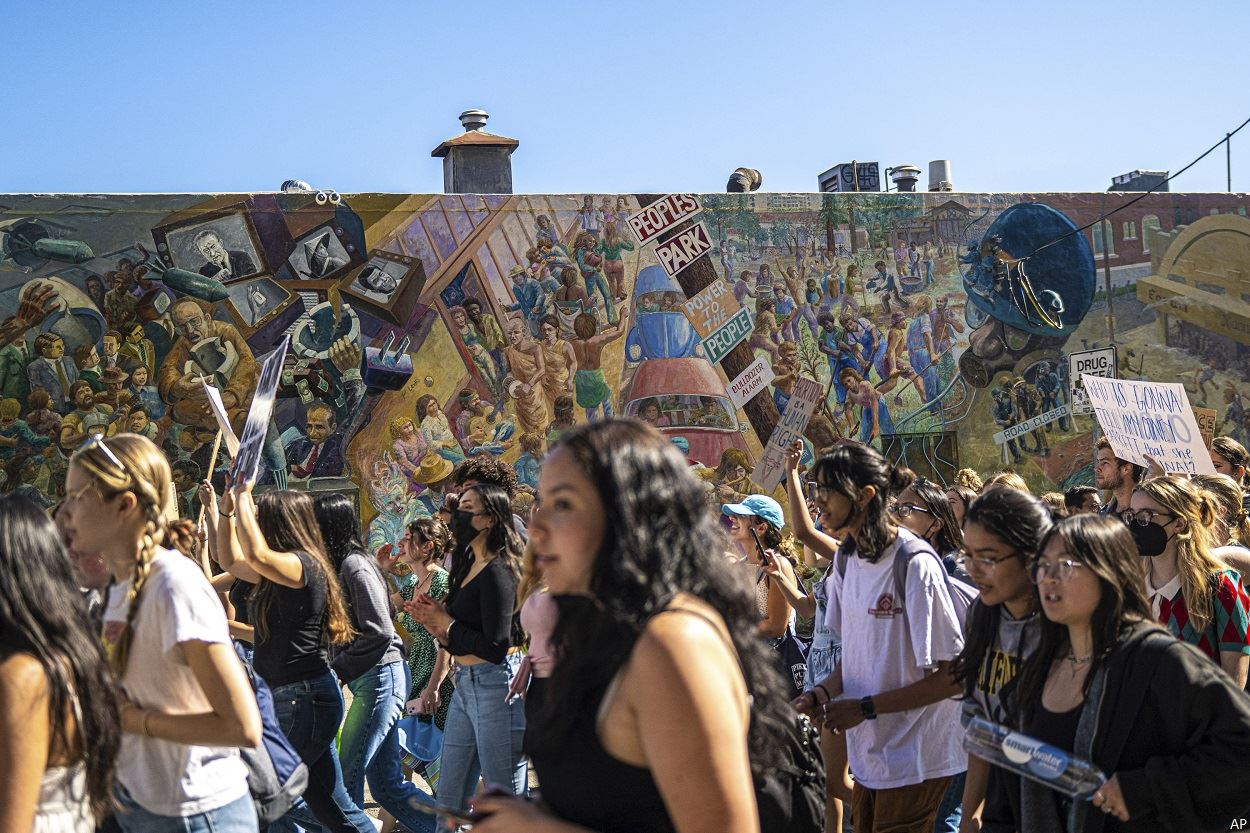
On April 25, Twitter (TWTR) announced that it had agreed to sell itself to Elon Musk for $54.20 per share. Yet, the stock is currently trading at a little over $50. Why the big gap? Wouldn’t it mean that buying the stock here is a no-brainer?
In addition to all the headlines, Musk’s deal to buy Twitter is shining a light on the intricacies of the mergers and acquisitions process. Trading around deals like Musk’s proposed buyout of Twitter falls under the umbrella of merger arbitrage, generally the domain of professional traders such as hedge funds.
There’s good reason for most people to leave this strategy to the professionals or investors with a tolerance for high risk. Merger arbitrage can be a risky investment approach as it usually involves large downside risk with only a few percent of upside potential.
In this case, considering the size of the transaction and current deal spread for Twitter is so wide, the risk/reward dynamics in this situation may attract more investors than usual.
Playing in this arena requires a thorough understanding of the step-by-step process involved in a corporate deal, and more importantly, the risks specific to the transaction.
The Morningstar base case scenario is that the deal closes as advertised. But until then, there are regulatory hurdles to clear, political pressures, and questions around Musk’s own determination to stick with the buyout. Here’s a step-by-step walk-through of where the situation stands now and the road ahead.
Our Base Case
In our opinion, we expect that the transaction will close within a six-month time frame. According to data from PitchBook, on average, large buyouts – $5 billion and over – have taken between four and five months from announcement to close.
In this case, while there may be significant political pushback that may try to derail the acquisition, we do not foresee any regulatory or antitrust issues that should preclude the deal from closing. To the best of our knowledge, Musk does not own any companies that compete in the social media space, and the shell corporation created to conduct the acquisition does not have any other operations.
As part of his bid, Musk filed documents detailing the committed financing put in place to fund the acquisition. This financing is provided by a consortium of banks and is composed of a senior secured bank facility, secured and unsecured bonds, a master loan facility (using his Tesla (TSLA) stock as collateral), and an equity contribution.
Why is Twitter's Stock Below Musk’s Offer?
It’s normal for a stock to keep trading below the deal price until the acquisition is completed. According to data from PitchBook, all-cash buyouts for deals of over $5 billion since 2005, typical deal spreads 30 days after the announcement ranged between 2% and 4%.
Considering the median amount of time between when a deal was announced and when it closed is approximately four months, that provides merger arbitrage investors an annualised return between 6% and 12%.
At a share price of $50, the 8.4% gap (17% annualised) below the $54.20 takeout price, it appears a confluence of factors is at work. These include expectations the US or European Union regulators may take an especially close look at the transaction owing to political pressure – especially with US mid-terms coming up this autumn – and the transaction may take a much longer time frame to close.
There are concerns that politicians may look to enact laws before the deal closes that end up changing regulated speech on social media, which could eliminate the reason why Musk wants to buy Twitter. There’s also Elon Musk himself. Many investors are concerned that Musk may change his mind for whatever reason, walk away from the deal, and pay the $1 billion breakup fee.
Another reason may be that investors already owning the stock at a much lower price may have decided that they would rather lock in the gain, move on to other investments, and not have to deal with the risk. Plus, markets in general are in a cautious, "risk-off" mode and investors will require a high-enough deal spread to undertake the risk of holding the stock for now.
What’s Next?
A next step in the US will be for the parties to submit what’s known as a Hart-Scott-Rodino pre-merger notification and report, which is reviewed by either the US Department of Justice or the Federal Trade Commission.
Similar filings will be required in the EU with the European Commission, and potentially with competition authorities in various other jurisdictions depending on whether certain threshold requirements are met. These regulators will review the transaction to determine if there are any anticompetitive issues that either should preclude the transaction from occurring or require the parties to take other actions to avoid anticompetitive consequences. That may include divesting assets or committing to certain business practices.
In the US, once the HSR filings are made, a waiting period begins during which time the transaction cannot close. If the regulator sees no issues, it can either terminate this waiting period early or allow it to expire at the end of 30 days. If it thinks there may be a problem, it can issue a "second request" for additional information from the merging parties, which further delays the end of the waiting period.
The company is then required to produce the required information in order to move the regulatory review forward. This second information request can sometimes take several months to satisfy, as it often requires a good amount of back and forth between the merging parties and the regulator to agree on what information is available and relevant.
During this time, the regulator will also often reach out to competitors and others that may be affected by the transaction with questionnaires and requests for interviews. The regulator will also accept other public comments. Similar but not identical processes and time frames will apply in the EU and other applicable jurisdictions.
The buyout has already instigated a firestorm of controversy, both for and against, from a multitude of politicians and market pundits. While we expect continued controversy until the deal closes, the competition regulators are bound to review the transaction through the traditional lenses of competition regulation, which in the U.S. is about whether the transaction would substantially lessen competition in the relevant market.
Lastly, Twitter’s shareholders will vote on whether to accept the buyout. Considering the share price is below the buyout price, it’s hard to imagine the shareholders would vote against the deal.
What Will International Regulators Look at?
Considering its global reach, the acquisition of Twitter will also potentially be subject to other types of regulatory review by other international bodies, such as the European Commission. These authorities will also need to make sure that the laws are followed within their own jurisdictions, and include statutes governing the provision of digital services and user data privacy. Legislative bodies may also seek to become involved through the holding of hearings and the consideration of legislation.
What’s the Likely Outcome?
Our base case is the transaction closes at $54.20 per share before the end of the year, as soon as within the next six months. In that case, if an investor were to purchase the stock at $50 per share, they would receive $54.20 at closing, thus capturing a gain of $4.20 per share, or 8.4%. If the deal closes six months from now the annualised return is almost 17%. However, investors should note that the longer it takes for the transaction to close, the lower the annualised return, and if the transaction were to drag on over a year, the total annualised return would begin to drop below the gross return.
Note that for a deal closing within the next year, an investor buying the shares now in a taxable account would be hit with short-term capital gains tax on the profits.
What’s the Risk?
The greatest downside risk for investors is if any of the regulators involved look to block the buyout in full. In that case, the regulators will seek an injunction or similar remedy, and the company would have the right to seek approval from the courts to complete the transaction.
If this occurs, the stock price would likely gap down toward where the stock was trading prior to Musk disclosing his acquisition of stock. In fact, selling pressure from investors such as hedge funds that specialise in merger arbitrage may push the price down even further in the short term. Considering many investors that invest on a fundamental basis will have likely exited their positions, they would require time to get back up to speed on the fundamentals to determine their own fair value estimates based on the financial outlook for Twitter at that time.
Offsetting some of the downside price risk, we thought the firm was significantly undervalued prior to Musk’s initial equity investment. Our fair value price was $58 per share, which is even higher than the agreed-to buyout price. Assuming the company performs in line with expectations before the transaction could be denied, we think fundamental investors would continue to see value in Twitter as a public company.
To the upside, there is a possibility that another bid by a private equity consortium or strategic buyer could emerge. However, while this is possible, we assign this a low probability of occurring. If it appeared that there was a reasonable chance another bidder would emerge, Twitter would not have agreed to the sale as quickly as it did.
As additional information becomes available it will affect the current deal spread. If it appears that the regulatory bodies are considering stopping the acquisition, then the deal spread will widen as the probability of closing declines. However, if positive news hits the tape, the deal spread will quickly tighten as the probability that the deal closes increases.
What if Musk Changes His Mind About Twitter?
The acquisition of Twitter and reshaping its process to enable greater freedom of speech, while still maintaining its adherence to relevant laws, will likely require a great deal of Musk’s time. In fact, Tesla stock sold off following the acquisition announcement, partially due to investors’ concern that Twitter could pull Musk away from his involvement in Tesla. While this is a risk for Tesla shareholders, it is not one that we are overly concerned with.
“We don't think Tesla needs Musk to closely oversee day-to-day operations, as it has shown the ability to boost production and drive profitability from operating leverage," Morningstar senior equity analyst Seth Goldstein says.
"We think Musk's direct reports should be able to run the various aspects of Tesla as the company continues to increase vehicle deliveries, reduce unit production costs, and develop autonomous driving software. As such, we see no reason to change our outlook for the company."
We also note that walking away would be costly. According to the merger agreement, if Musk backs out he would have to pay Twitter a break-up fee of $1 billion. The break-up fee also goes the other way: If Twitter does not consummate the sale, they will be required to pay Musk $1 billion.








:quality(80)/cloudfront-us-east-1.images.arcpublishing.com/morningstar/5GAX4GUZGFDARNXQRA7HR2YET4.jpg)
:quality(80)/cloudfront-us-east-1.images.arcpublishing.com/morningstar/MQJKJ522P5CVPNC75GULVF7UCE.jpg)










